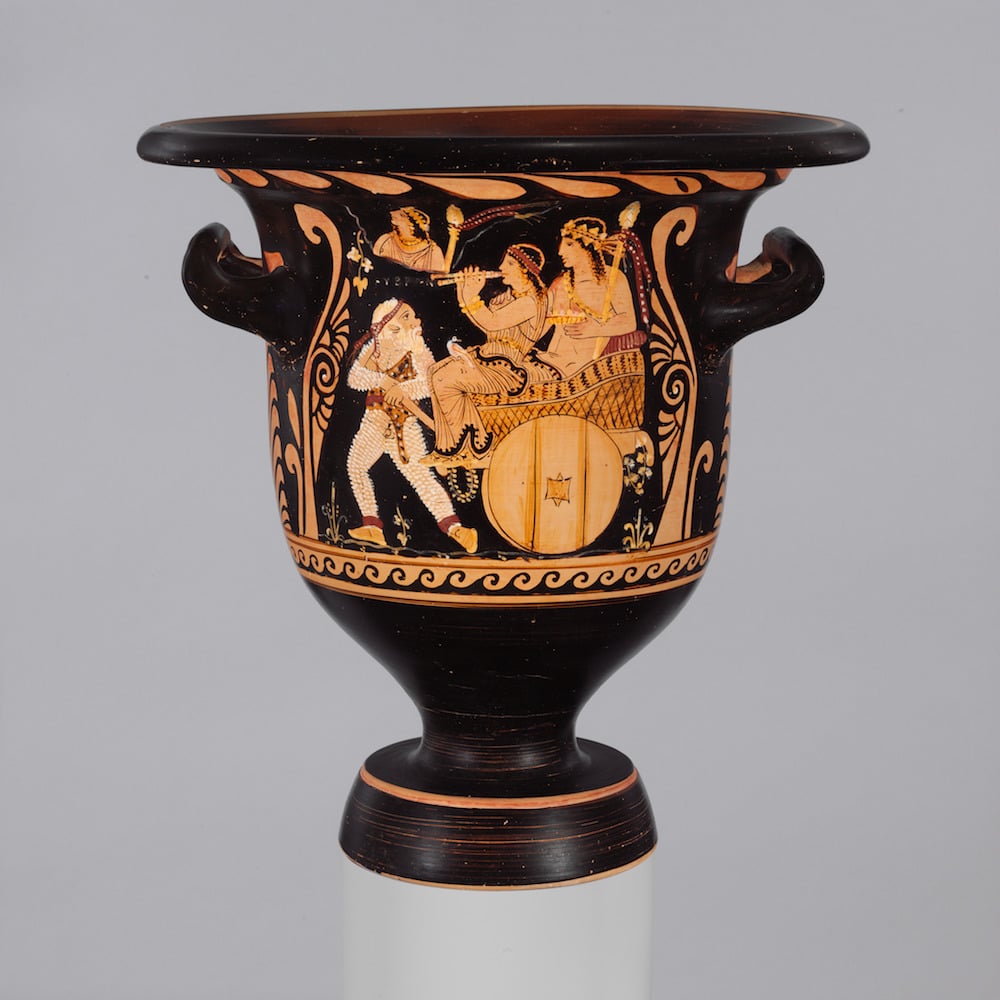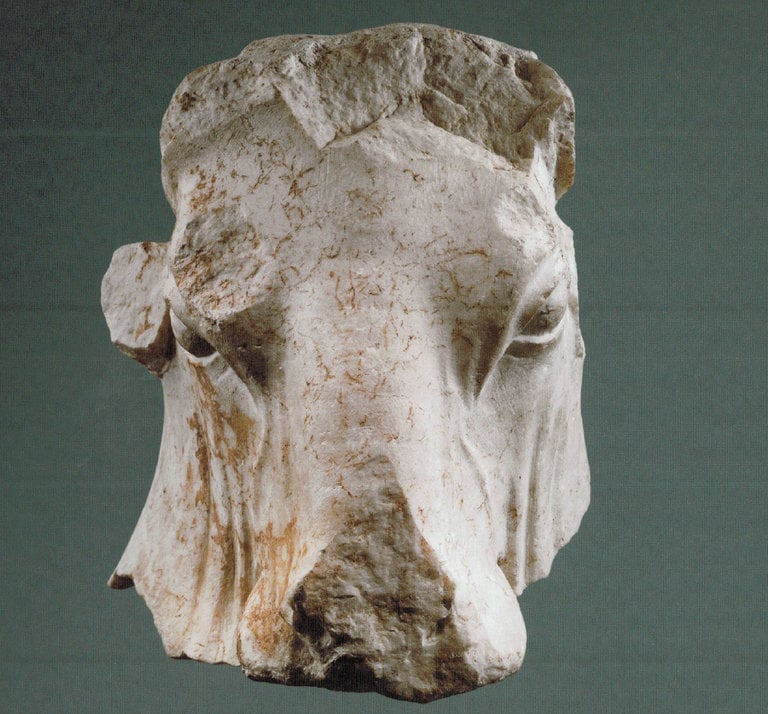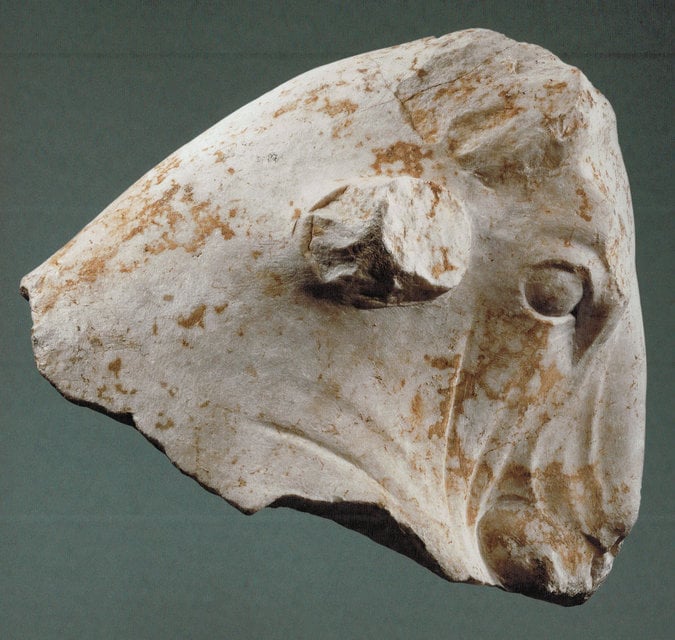The Metropolitan Museum of Art has had to surrender stolen artifacts for the second time in less than a month. A warrant on these pieces was issued, and Manhattan’s prosecutors have taken custody of two pieces thus far, both being at least a couple thousand years old.
The most recent piece in question was a 2,300-year-old ancient bull head. The marble statue, displayed in the Greek and Roman galleries, has been part of the museum since 2010. The piece belongs to William and Lynda Beierwaltes, who paid over $1 million for the statue in 1996 and have sued the DA (district attorney) for its return.
It was the museum’s curator who had discovered that the piece may have been stolen from government storage during the Lebanese civil war, to which the museum took immediate action.
We contacted the Lebanese government and the lender, we took the item off display, and we have been working with federal and state authorities.
Kenneth Weine, chief communications officer, The Metropolitan Museum of Art

The second looted piece is a 2,300-year-old, red-figure krater, that had been displayed in the Greco-Roman galleries of the museum for years. The krater depicts god of the grape harvest, Dionysus, being pulled in a cart by a satyr.
A warrant was issued for the ancient vase on July 24, 2017, after evidence showed that the krater had been stolen by tomb raiders in Italy in the 1970s. The museum hand-delivered the krater the next day and believes that the vase will eventually be returned to Italy.
The museum has worked diligently to ensure a just resolution of this matter.
Kenneth Weine, chief communications officer, The Metropolitan Museum of Art
Despite the recency of these cases, these artifacts are not the only ones that have been seized from New York City’s prestigious fine arts museum.
In 2008, the Euphronios Krater, dating back to 360 B.C., was removed from the museum due to suspicions that it was illegally excavated from a burial ground in Italy. Both law enforcement and officials of the museum believe that the krater had been sold by Giacomo Medici, an Italian art dealer who was arrested in 1997 and convicted in 2004 for the trafficking of ancient art.
The vase was confiscated and returned to Rome in mid-January 2008.
In 2006, it was recorded that there had been at least 21 treasures returned to their countries of origin by The Metropolitan Museum of Art, with more to come.
So museum-goers beware: art trafficking culture has always been well-alive, and when entering a museum, it is impossible to know how every piece ended up on display. It is possible that the ancient art you’ve seen may have been stolen.













